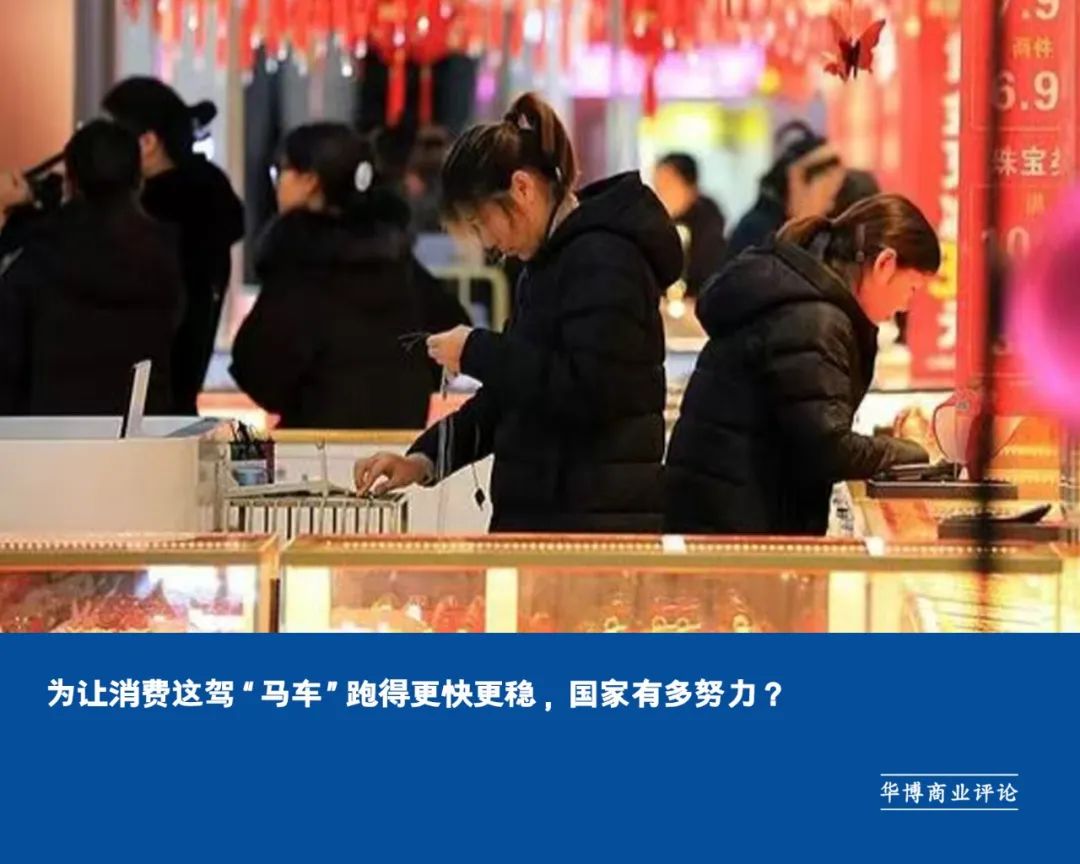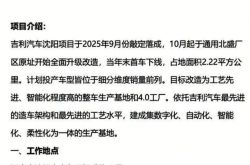How is the Nation Pushing the "Consumption Cart" to Run Faster and Steadily?
![]() 03/31 2025
03/31 2025
![]() 568
568

Produced by | Huabo Business Review
Amidst an increasingly complex and volatile global economic environment, "stimulating consumption" has emerged as a central theme in economic policies over the past few years. From national to local levels, a myriad of consumption-boosting measures have been introduced.

Just how much effort is the nation putting into encouraging you to spend more?
To spur consumption, the nation is deploying an unprecedented array of policies and initiatives aimed at stimulating consumption potential across various sectors, ensuring the "consumption cart" moves faster, more steadily, and covers greater distances.
Boosting income is paramount to increasing consumption: ensuring that ordinary people "have money to spend." Income forms the bedrock of consumption, and only when residents' incomes rise can consumption be sustained. In March this year, the General Offices of the CPC Central Committee and the State Council issued the "Special Action Plan for Boosting Consumption" (hereinafter referred to as the "Plan"), with "increasing urban and rural residents' income" as its top priority. The "Plan" emphasizes stabilizing enterprises and safeguarding employment by strengthening employment support and resolving overdue corporate accounts, particularly those owed by local governments to small, medium, and micro enterprises, mandating "prompt and full payment" of due accounts. This, in turn, will augment residents' wage income. Additionally, the government has hiked basic pension and medical insurance financial subsidy standards for urban and rural residents, and modestly increased basic pensions for retirees, thereby lessening residents' burdens in areas such as pensions and healthcare, and enhancing their consumption confidence and ability.
The second aspect focuses on innovation in consumption scenarios: ensuring that consumption has "places to go." To provide consumers with more novel and convenient options, the government actively promotes the innovation and enrichment of consumption scenarios. On one hand, it expands the supply of diversified services such as health, elderly care, childcare, and household services to meet different groups' lifestyle needs and create new consumption growth points. On the other hand, it accelerates the development of new types of consumption, supports digital, green, and intelligent consumption, encourages new online and offline integrated models, and expands digital consumption channels. For instance, promoting the development of emerging industries like the first-sale economy, ice and snow economy, and silver economy not only offers consumers brand-new experiences but also injects new vitality into the market. Simultaneously, the government optimizes the vacation system to unleash the consumption potential of culture, tourism, and sports, giving people more time and opportunities to spend.
The third aspect involves optimizing the consumption environment: ensuring that consumers can "spend with confidence." A favorable consumption environment is crucial for stimulating consumption enthusiasm. On February 17, the State Administration for Market Regulation and four other departments issued the "Three-Year Action Plan for Optimizing the Consumption Environment (2025-2027)," which strengthens consumer rights protection, tightens supervision in emerging fields, and ensures fair and just treatment for consumers during shopping, enabling them to buy with confidence and use with peace of mind. Furthermore, the government has relaxed access restrictions, increased the supply of service consumption, promoted the recovery of cultural tourism consumption, explored the extension of housing demand and consumption chains, and created a more relaxed and diversified consumption environment for consumers.
The final aspect pertains to fiscal and financial support to "reduce the cost of consumption." Fiscal and financial measures have played a pivotal role in stimulating consumption. The central government has allocated 300 billion yuan of special ultra-long-term treasury bond funds to support the trade-in of old consumer goods for new ones, including products like mobile phones and tablets in the subsidy scope, directly reducing consumers' shopping costs. Local governments have also actively arranged financial support for this initiative, further expanding the scale and coverage of subsidies. Concurrently, in 2025, fiscal interest subsidies will be provided for eligible personal consumer loans and loans to service industry operators in the consumption sector, reducing consumers' current expenditure pressure and financing costs, enabling them to enjoy more benefits when purchasing goods or services.

Are ordinary people tempted by such robust measures?
Thus, the question arises: are ordinary people tempted by such robust policy stimulus measures? The answer is: they are, but unevenly so.
In the short term, the impact of policy stimulus is evident, with some consumer markets in China "heating up." According to the National Bureau of Statistics, total retail sales of consumer goods in 2024 reached 48,789.5 billion yuan, a 3.5% increase from the previous year. From January to February 2025, total retail sales of consumer goods amounted to 8,373.1 billion yuan, a 4.0% year-on-year increase, with market sales growth further accelerating. The trade-in policy has been particularly effective, driving consumption in areas such as automobiles, home appliances, and home decoration to exceed 1.3 trillion yuan in 2024. Consumption vouchers issued in various regions have also directly increased store traffic and sales.
However, the issue lies in the "uneven heating." Data from the National Bureau of Statistics reveals that total retail sales of consumer goods in 2024 increased by 3.5% year-on-year, a decrease of 3.7 percentage points from 2023 (7.2%), with overall consumption showing a downward trend throughout the year. In 2024, final consumption expenditure contributed 2.2 percentage points to GDP growth, a decrease of 2.1 percentage points from 2023 and also lower than the average level of 3.9% from 2017 to 2019.
The stimulus effect of policies is more pronounced among middle- and high-income groups and in specific areas, while the consumption capacity of low- and middle-income groups has only marginally improved. Taking new energy vehicles and smart home appliances as examples, consumption of these products has surged significantly, but their price thresholds are relatively high, primarily benefiting middle- and high-income families. Although the issuance of consumption vouchers has stimulated consumption in the short term, its coverage and intensity offer limited practical assistance to low- and middle-income groups. For instance, some consumption vouchers require a minimum spending amount, which is not favorable for low-income families. Moreover, the consumption of low- and middle-income groups is more focused on daily necessities rather than durable goods, which are the focus of policy support.
Additionally, there exists a contradiction between the short-term nature of policies and long-term goals. While the trade-in and consumption voucher policies are effective in the short term, they are more about "pulling" rather than "cultivating" consumption capacity. Once the subsidies cease, it remains uncertain whether consumption growth can sustain.
Faced with these challenges, Luo Zhiheng, chief economist and dean of the research institute at Yuekai Securities, suggests that in 2025, subsidies and support should be intensified for specific groups to enhance their risk resilience and boost consumption. For instance, direct subsidies can be considered for unemployed college students and youth to help them navigate the transition period, while enterprise employment subsidies can be utilized to increase job opportunities. For those receiving basic pension insurance for urban and rural residents, especially rural elderly groups, it is essential to increase payment standards. Moreover, fertility subsidies should be provided to families with two or more children.








